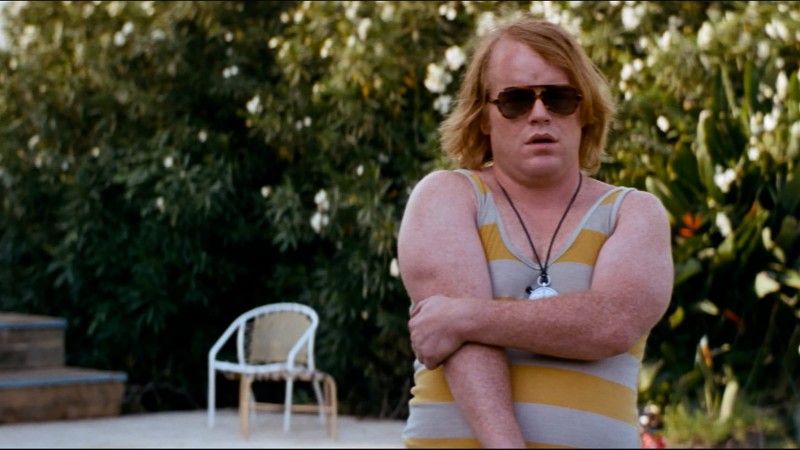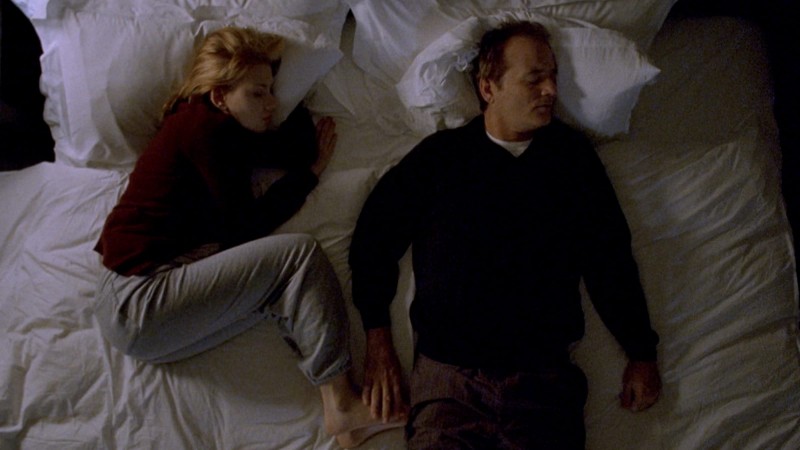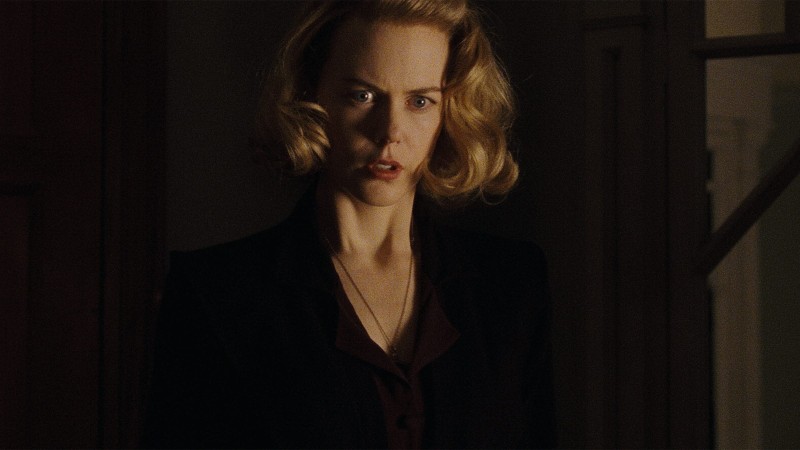The Corn Is Green and Bette Is Evergreen

Bette Davis told her friend Whitney Stine in the 1970s that she turned down Mildred Pierce (1945) and chose the far less dramatic and surefire The Corn Is Green (1945) instead because “I didn’t want to do a rags-to-riches melodrama, and I couldn’t stand to work for [Michael] Curtiz again.” In choosing to play a starchy, no-nonsense feminist and teacher in The Corn Is Green, a woman who scorns conventional romantic love and marriage, Davis was offering a kind of rebuke to Curtiz, who had been dismissive and tyrannical with her in the past, calling her a “no-good-sexless-son-of-a-bitch” on the set of The Cabin in the Cotton (1932).
The Corn Is Green does not contain attention-grabbing work from Davis, and so it has been rather neglected in studies of her career, but her performance in it feels important to me as a response to what had been expected of her as a young woman by Curtiz and other Hollywood men. At the age of thirty-seven, Davis took on a role that was originated on stage in London by Sybil Thorndike and on Broadway by Ethel Barrymore. These were both grande dame actresses, and Davis was approaching grande-dame-hood herself by this time, but with plenty of sacred monster beneath the surface to keep her from seeming too respectable. The schoolteacher Miss Moffat, based on playwright Emlyn Williams’s beloved mentor Sarah Grace Cooke, is supposed to be somewhere close to forty in the text of the play, but Barrymore was over sixty when she took on the role, and so the public perception of the character was that of an elderly woman like Barrymore.
It wasn’t the first time Davis had portrayed an older character. She was convincing as the sixty-year-old Virgin Queen in The Private Lives of Elizabeth and Essex in 1939, when she was just thirty-one. And she had recently played a beauty ruined by illness and old age in Mr. Skeffington (1944). For The Corn Is Green, she wanted to strike the strongest possible blow against expectations of pliant female loveliness and grace.
In order to seem older for Miss Moffat, Davis wore an imposing red wig with strands of white in it, which gives her a look of strength. This wig also wound up saving her life on the set when a heavy light fell on her head, a mysterious incident that producer Hal Wallis thought might have been intentional (something similar had occurred when Davis’s eye drops seemed to have been tampered with on the set of Mr. Skeffington). “Was it an accident?” Wallis later asked writer Lawrence J. Quirk. “Who knows?”
Davis was not popular with many crewmembers at this point or with her directors, and that included her director on The Corn Is Green, the excitable Irving Rapper. Davis later told Stine that she felt Rapper had overused close-ups on The Corn Is Green, and she also disapproved of the professional choir that was hired to dub in the singing for the extras who were playing Welsh miners in the film. There was a good deal of jousting with Rapper over her interpretation of her role, but Davis would listen to reason if she felt he had a good point to make.
The Corn Is Green is paced and edited in a very energetic way that seeks to distract the audience from the fact that it is based on a play that takes place mainly in one room. There are four actors in the cast who had appeared on stage with Barrymore: Mildred Dunnock, Rhys Williams, Rosalind Ivan, and Gwyneth Hughes. All of them clearly know their roles intimately and they play at a high pitch that matches the fast editing. At times, it feels as if both Rapper and these actors want to grab the attention of the audience through a kind of stylistic bullying, and Davis seeks to contrast that impulse from her first entrance. She doesn’t want to show off here, as she does in many of her 1930s films. What Davis wants to do in The Corn Is Green is draw the audience to her and offer her Miss Moffat up as a role model and alternative for women.
Miss Moffat is English, as Williams’s mentor Sarah Grace Cooke was, and Davis’s clipped speech does sound English, or English enough, and she does look older than her age, but closer to fifty than sixty. Her Miss Moffat comes at the world at a slight angle, with a tilted head, and Davis never once overdoes or over-embroiders any moment here, because she is playing a woman who is adept at sneaking her ideas through the back door. Davis gets across the excitement of a life of the mind and also the excitement of doing good when Miss Moffat tries to help the intelligent young miner Morgan Evans (John Dall), the character based on Williams himself. This is especially impressive, of course, because Davis had made her name in the 1930s by conveying the excitement of behaving badly in films like Of Human Bondage (1934) and Bordertown (1935).
It is worth pointing out that Williams, Rapper, and Dall were all gay men and that Williams himself got into trouble at school with a boy, which he transposes for The Corn Is Green, Proust-style, to Morgan having trouble with a saucy, destructive girl named Bessie (Joan Lorring). In this Williams play, as in his other notable stage success, Night Must Fall, sexual curiosity is something that is likely to get you into serious trouble. Davis never plays the subtext that Miss Moffat might desire Morgan sexually. Like Meryl Streep, who has also grabbed most of the more significant theater roles for actresses on film, Davis is wary of sexuality as a subject because she wants to show the many other things that women can be interested in. In character as Miss Moffat, Davis looks at Morgan’s trouble with Bessie and sees her own skeptical point of view on sex confirmed.
Miss Moffat can barely contain her enthusiasm about Morgan’s potential future, and Davis expresses this physically—the enthusiasm seems to surge behind her eyes and her facial muscles and all the muscles of her body, and she is always straining to hold it back. (She even keeps her famously overactive hands fairly still here because she knows this is right for the role.)
Her Miss Moffat is not in love with Morgan, and she is not living vicariously through him either. She has channeled her passion into teaching and into helping others, and Davis condemned initial Warner Bros. ads that made The Corn Is Green look like a tale of thwarted romance. When Miss Moffat is handed off a baby that was conceived one wretched night between Morgan and Bessie, it feels like a punishment because the bond of motherhood is so alien to her true nature as a teacher and mentor to many.
Davis wanted to try this role again as an older woman, but a musical stage version she attempted in Philadelphia in 1974 closed after only two weeks and never made its way to Broadway. And her first try as Miss Moffat in the 1945 film has rarely been given much consideration within the body of her work. It received a concerned and semi-negative notice from James Agee, who felt that Davis was growing “official” and “first-ladyish.” He was unsympathetic to her progressive aims in this film and thought that she was putting on airs. But maybe that was the male in him feeling threatened by her. She deliberately played this worthwhile role in a determinedly unshowy way that was unlikely to garner the praise of critics or win her another Oscar.
But Davis had already won two Oscars for flashier performances in Dangerous (1935) and Jezebel (1938). She was still at the height of her career in 1945, and she wanted to do different things and experiment. Her brainy, expertly contained performance in The Corn Is Green represents a key instance of her creative integrity and the inroads she was hoping to make into male chauvinism as a portrayer of vital, multifaceted women with more on their minds than men, children, and their own sex appeal.
The Corn Is Greenis available to stream onFilmStruckthrough August 25.



